Tip on pointing the meter
Often I’m asked where to point the meter when metering.
You have to realize that the light meter is an incident meter, meaning it meters the light falling on the meter…. so if you know which part of the subject you want to be lit correctly you hold the meter in front of that part. In the studio this often means you meter towards the light source, however sometimes you don’t, like in this shot that I took during the Photokina.
I wanted a nice “wraparound” effect around my model so I pointed actually in between the light source and the camera, meaning the face would be lit slightly lower than “normal” and the model would get a nice highlighted accent on her nose and arm. A little bit of “steam” on the lens created the rest.
Remember the following for proper use of the meter :
1. It’s not hard, it’s a very simple device that just gives you the value to set the camera for a proper exposure.
2. Point the meter towards the light that hits the subjects part you want to be rendered correctly, remember that light is EVERYWHERE, it’s not just in the hotspot of a light source, but it can be a reflection etc.
3. Point the meter in REFLECTIVE mode towards an area and you will get a value for 18% gray, with this you can very quickly calculate the way to go pure white (most cameras +3) or to pure black (most cameras -4.5).
For much more information get my book “Mastering the modelshoot”

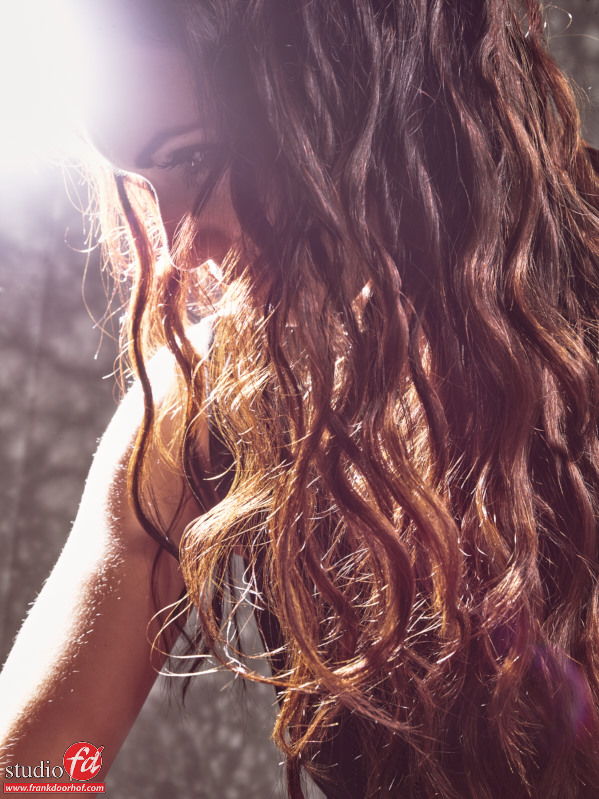
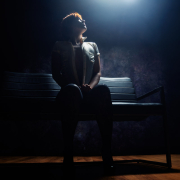
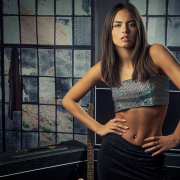
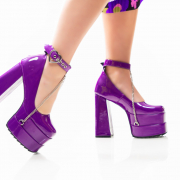
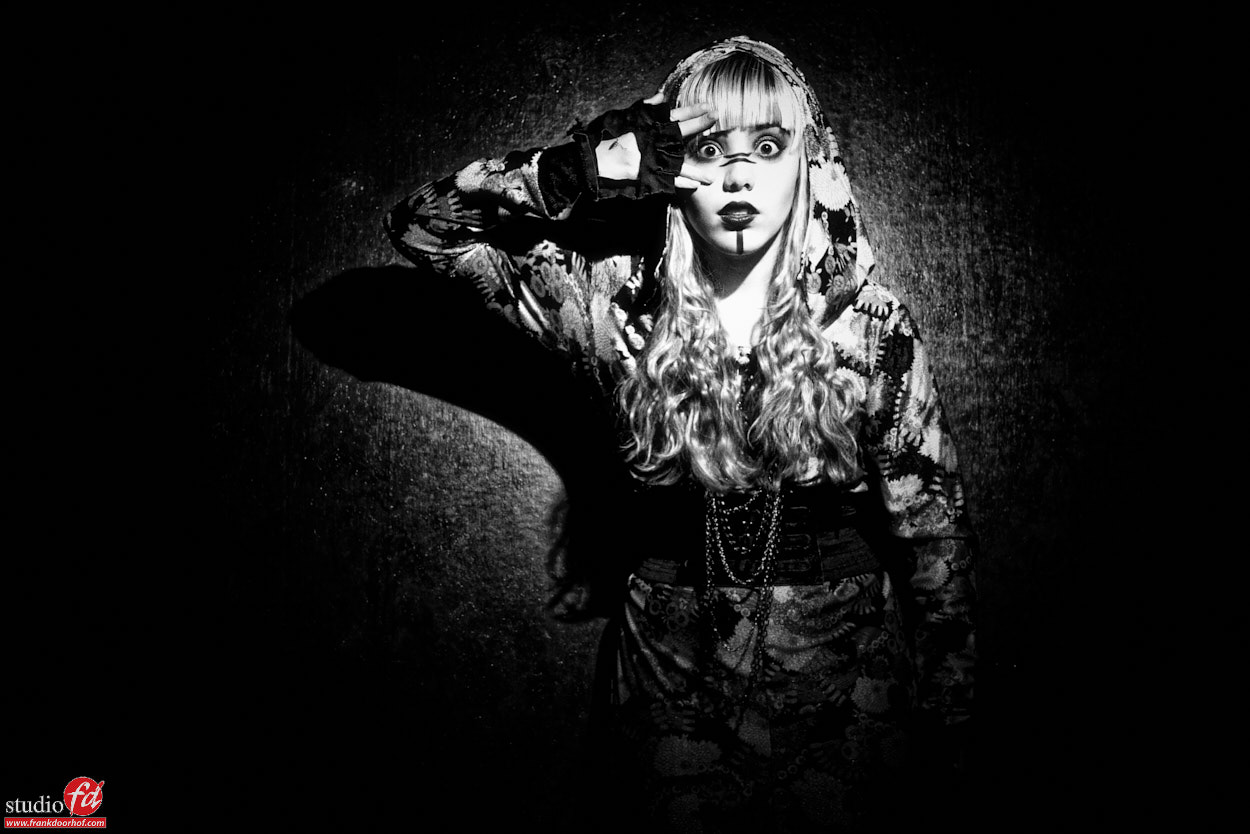
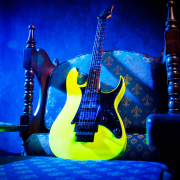

This was the 1 DVD / Release / 2 Hour Class (whatever you would like to call it) that is missing from your entire educational releases Frank
You have been such a proponent and cheerleader for the use of meters (especially the Sekonic L-748DR) and your use of both modes to get your readings on the shot.. The information has been placed out… in some ways, piece meal. As in, not one collective package.
I know there has been times when reading the blog here, I’ve had to go back and search earlier posts on what you were talking about in order to make better sense of the current message. What would have been ideal is a DVD or download where you take people from opening the box, setting up calibration, using it on simple exercises and examples they could replicate at home along with you and see the final results.
Nothing fancy or elaborate, just very basic scenarios that could easily be duplicated and copied just as you would be doing on the DVD. I have learned a lot from you over the last 4+ years. Not the least of that being the use and implementation of the meter into my workflow. But I have to admit, there are still holes in my process that I wish I had a better understanding of all the techniques so I could use those skills in a more flexible manner. I just can’t approach ANY situation and tackle it with enough confidence that I’ll do it right.
THANK YOU for all you do and post for all of us.. Maybe some day you’ll be able to put something like this together and make it 1 great package with full setup/calibration, exercises and examples… practice makes perfect, and no one better to do than you !
Hi Frank
I’ve followed your blog for a while and I really like your pictures. It would be interesting if you could make a blogpost about using a lightmeter outside a sunny day. For instance if your model is 90 degrees against the sun, shall you still meter towards the sun. You also get specular higlights in the dome on the meter, shall you try to shadows those, as some people say? Hopefully I will see a post in the future about this.
Kind regards,
Urban Bäcklund